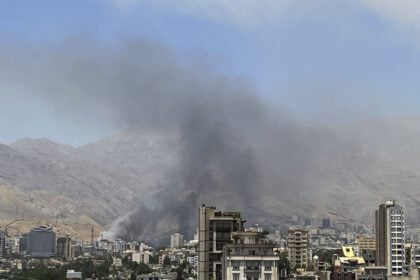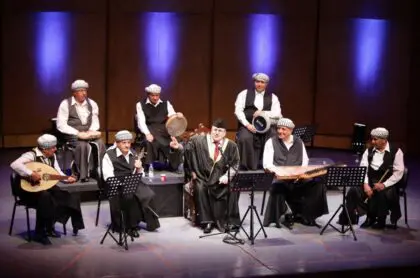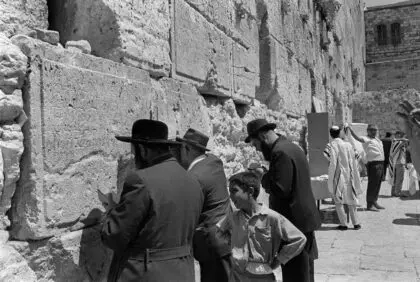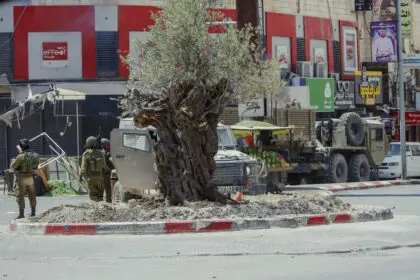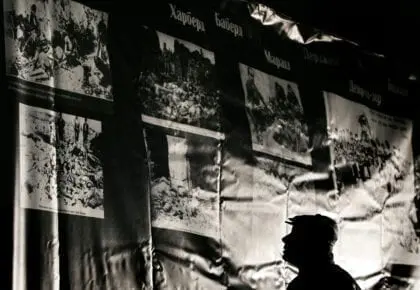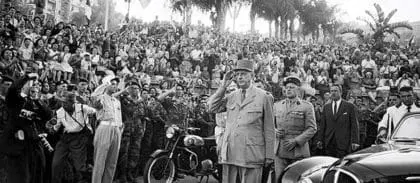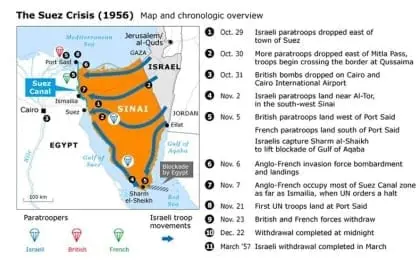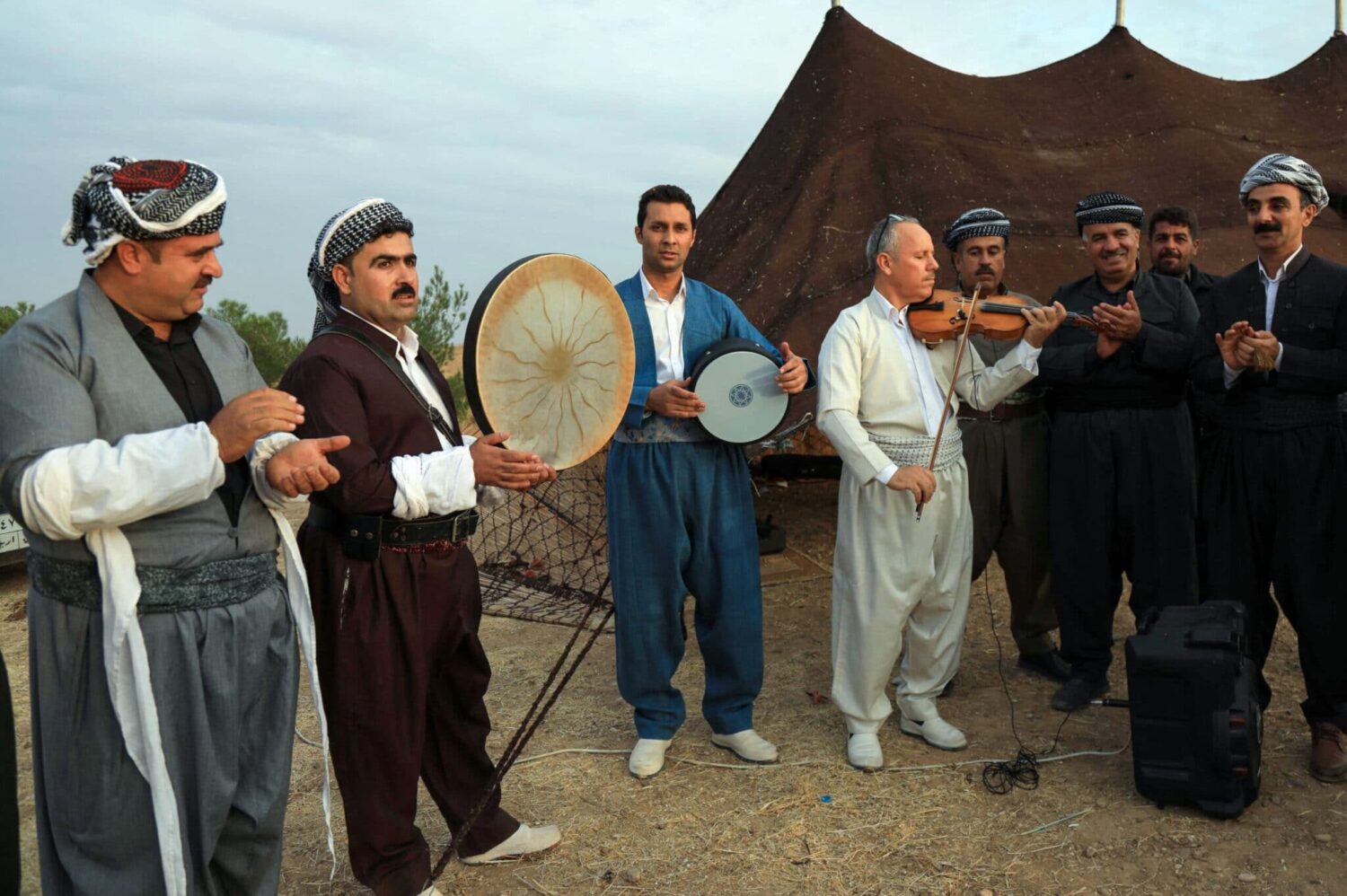
Introduction
Iraq has always been a place of culture, arts, and literature in the Middle East and North Africa due to the Mesopotamia countries’ diversity throughout history. Iraqi culture inherits a long history of civilizational, ethnic, religious, sectarian, and linguistic diversity.
Because of this conflict between different cultures, between the unity of a single fabric and the contradiction that reached the point of collision, in most cases, the springs of Iraqi culture exploded, creating rich treasuries of architecture, literature, music, singing, and crafts, in addition to medicine, engineering, and astronomy.
Conflicts have also had a great impact in erasing a sizable part of Iraq’s rich heritage of museums and historic cities, especially during the last two decades.
Contemporary Iraqi literature can only be viewed as a product of a long diversified civilization process, featured by regeneration, and a pioneering tendency to modernity, while preserving traditional templates without casting out a template in favor of another, or prevailing literary themes over others. Rather, each literature produced parallel literature; a good example of that is the remarkable presence of two poetry schools, represented by the school of Muhammad Mahdi al-Jawahiri, along with the school of Badr Shakir Al-Sayyab, Nazik Al-Malaika, and Abd al-Wahab Al-Bayati.
Perhaps we can notice this also in the musical movement full of diversity and rich with contemporary musical trends, without isolating the inherited civilizational musical legacy, as modern Arab rhythms, famous Kurdish templates, and Western adaptations of jazz and pop music, coexist with popular folklore and original musical Maqamat, both light and heavy.
Iraqi visual arts have historically diversified their methods and techniques, to enrich the arts of painting and sculpture, making them a way to perpetuate their civilization, and a tool of openness to the world. Iraqi artists have a strong presence in the cultural world all over the globe; galleries in London, Amsterdam, and New York regularly display Iraqi art.
Away from the roots of Iraqi theater dating back to the third millennium BC, the contemporary experiences of Iraqi theater are manifested in a collection of works addressing social concerns, in popular folkloric, religious, and sectarian templates, as well as some types of black comedy, dreaming of political changes that guarantee Iraqis of all sects, ethnicities, and political orientations a life away from fear and terror.
We cannot address the contemporary culture movement in Iraq without addressing the oppression, arbitrariness, and exile that its pioneers faced during nearly two and a half decades of the late President Saddam Hussein’s reign.
For more about the Culture of Iraq, check what Fanack has covered about this file.
Archaeological Treasure-House
For decades, the public’s image of Iraq has been defined by repression and violence, despite the fact that Mesopotamia was the focus of one of the world’s earliest civilizations. Writing, the wheel, astronomy, the codification of law, and mathematics were invented or further developed there. Sumerians, Assyrians, Babylonians, Persians, Arabs, and Turks all left traces of their presence, making Iraq an archaeological treasure-house, the contents of which have, for the most part, still to be inventoried. There are countless historic structures – restored, in ruins, or buried – that possess a timeless beauty.
From these remains, archaeologists, historians, anthropologists, and others have been able to reconstruct societies of the distant past.
Literature
Iraq has always been considered one of the most literate nations in the Arab world: it is often said – not only in Iraq – Cairo writes, Beirut prints, and Baghdad reads. It did not help Iraq’s own writing tradition that, under Saddam Hussein, novelists and poets were regularly summoned to write in praise of the leader, but in exile many poets and novelists upheld Iraq’s literary reputation.
Muhammad Mahdi al-Jawahiri (1899-1999), considered one of the last of the classical Arab poets, lived in exile for the greater part of his adult life; Buland al-Haidari (1926-1996), who was a long-time opponent of Saddam Hussein, has since 1982 lived in London, where he worked as a literary critic, while being widely considered one of the best poets in modern Arab literature; and the life story of Abd al-Wahhab al-Bayati (1926-1999) was one of flight and exile.
Music
For most of the 20th century, Iraqi musical culture thrived. There were folkloric traditions and pop and crossover traditions with many outside influences, including Western, as well as purely Western music, including classical music, jazz, and pop.
The most distinctive type of native Iraqi music, the maqam, is a refined musical form, based on a particular combination of melodic lines, tuning, sequence of sung and instrumental parts and texts, and a singing style often heavily influenced by virtuoso Iranian singing styles. It is performed by a singer with several instrumentalists. Singing in Arabic was the common practice, but several noted maqam singers also sang in Kurdish, Turkish, and even Hebrew, Armenian, or Persian, a result of the diverse roots of Iraqi culture.
During the Saddam Hussein regime many musicians of repute left the country, including the maqam singers Farida Mohammad Ali and Husayn al-Adhami, the singer Seta Hakobyan (b. 1950), pop-stars Kadim al-Sahir (b. 1957) and Majid al-Muhandis (b. 1971), and oud virtuoso Naseer Shamma (b. 1963).
Since the overthrow of Saddam Hussein musical life has come to almost a complete standstill. Not only has the economic situation worsened, but public life has become unsafe, and musicians have become a target of the militias.
Until very recently the names of famous traditional maqam singers – such as Mohammed al-Qubanchi (1900-1989), who represented the full (‘heavy’) maqam style – were still on the lips of virtually every Iraqi. Nazem al-Ghazali (1921-1963), a performer of a ‘lighter’ version of the genre, was the only Iraqi singer in those days to break through in the Arab world; his song ‘Muslim Girl and Christian Boy’ is a moving plea for tolerance and understanding. Lately, however, the maqam genre is under threat of gradual disappearance and is therefore on the UNESCO’s list of intangible cultural heritages. Besides the maqam genre there has been and still is a vast array of other musical styles. Each ethnic group has its own tradition.
Kurdish music
Under the Baath regime and that of Saddam Hussein, politico-cultural expressions of the Kurdish identity were systematically repressed. This did not prevent Kurdish singers such as Tahsin Taha, Mohammed Shekho and Ardewan Zakhoyi from enjoying huge popularity among the Kurdish population. They have all since died, either by natural causes or they were killed by the regime.
Since the overthrow of Saddam Hussein there is a thriving music life in Arbil (Hewler) and Sulaymaniya (Silemani), partly fed by the returning of Iraqi-Kurdish musicians who had previously lived abroad. Today, Sivan Perwer is probably the most famous of Kurdish singers. His cry for help, Hawar ! (Help !), was written during the massive exodus of Kurdish refugees in the spring of 1991, after the unsuccessful revolt against Saddam Hussein’s forces, which had suffered defeat in Kuwait. It offers a poignant rendition of the human tragedy which took place in the mountains during their flight.
Festivals
The calendar in Iraq is strongly defined by Islam. Like the Christian calendar, which is based on a solar year, the Islamic calendar has twelve months, but it is based on the lunar year, which is eleven days and several hours shorter. The festivals thus move forward by eleven days each year, and they run through the cycle of the seasons in slightly over thirty years.
The most important festival in Islam is the Id (or Eid) al-Kabir (Great Festival), also known as Id al-Adha (Festival of Sacrifice). This falls on the tenth day of the month of Dhu al-Hijja, the month in which the pilgrimage to Mecca takes place. During this festival Muslims commemorate the day that Ibrahim (Abraham) received permission from God to slaughter a sheep rather than cut the throat of his son Ismail (Ishmael). For this feast, Muslims around the world slaughter one or more sheep, and part of the meat is given to the needy.
During Ramadan, the month of fasting, Muslims are not permitted to eat or drink between sunrise and sunset (the ill, pregnant women, travellers, and soldiers at the front are exempt from this commandment). When Ramadan falls during the summer, observance of Ramadan is particularly arduous. After sundown there are exuberant celebrations with eating and drinking until late in the evening. Ramadan is closed with Id al-Fitr (Sugar Feast), on which children receive presents.
On the twelfth day of the month of Rabi al-Awwal, the Mawlid al-Nabi (Birthday of the Prophet) is celebrated. Since the early 1970s the Iraqi government, like other Arab governments, has issued a special postage stamp for that occasion.
h the young men jump.
Ashura
For the Shiites, Ashura, the tenth day of the mourning month of Muharram, is the most important day of the calendar (Ashura means ‘tenth’ in Arabic). On that day the martyrdom of Imam Husayn in the battle of Karbala is commemorated. Shiites reproach themselves for offering him no support at that time. Great processions of men move through the streets of the cities, whipping themselves as a sign of mourning.
The fate of Imam Husayn and his companions and brothers-in-arms is depicted in detail in a passion play, releasing strong emotions in those present. Among Muslims, there is another day of remembrance for the deceased, after a mourning period of forty days. This is also the case for Imam Husayn; forty days after Ashura, Shiites observe al-Arbainiya al-Husayniya (The Fortieth of Husayn).
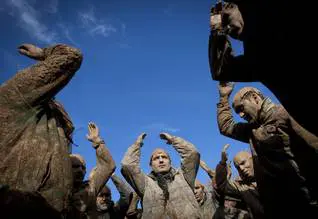
Around that day many tens of thousands of believers, including delegations from all parts of Shiite Iraq and pilgrims from other parts of the Shiite world, flood into the provincial city of Karbala. Several days earlier, many of them will have walked en masse from Najaf to Karbala (about 75 kilometres).
In the second half of the 1970s the Baath regime banned such massive expressions of Shiite identity, which often became barely disguised political rallies. After the fall of Saddam Hussein public observances of these traditions were rehabilitated but have been seriously disrupted by bombings on several occasions.
The various Christian communities – Chaldaean Catholics, Nestorians, Syrian Orthodox, Syrian Catholics, and others – have their own holy days, which generally run parallel with those of the Christian West, Easter being the most important.
Newroz
In addition to the Islamic festivals, the Kurds, all but a tiny minority of whom are Muslim, also celebrate Newroz (literally, ‘New Day’, the Kurdish New Year) on March 21.
This festival is based on the legend of the battle of the blacksmith Kaveh (Kawah) against the tyrant Zahhak (Dahhak). Zahhak suffered from a brain disease, and his doctors had prescribed the eating of the brains of children for its cure. Thus Kaveh gave several of his children to him, but when Zahhak demanded his last remaining son, Kaveh decided to kill Zahhak.
It was agreed in advance that if Kaveh should succeed in this, Kurds would pass the good news on to each other by lighting fires on the mountain tops. Every year during Newroz Kurds, even those in the diaspora, light fires, through whic

Films
Iraq’s film industry has always been less developed than those of Egypt or Iran. After Saddam Hussein’s rise to power in 1979, the situation worsened: the films that were produced were merely propaganda. Saddam Hussein invited some foreigners to make films, including the Egyptian Salah Abu Seif (1915-1996), who made al-Qadisiya, a period epic on the triumph of the Arabs over the Persians in 636 CE.
The six-hour epic al-Ayyam al-Tawila, about Saddam Hussein himself, was shot in 1980 and alledgedly edited by Terence Young. Al-Masala al-Kubra, by the Iraqi Mohammad Shukri Jamil (b. 1937), celebrated the 1920 uprising against the British.
Despite severe Baathist censorship, independent films could be made in Iraq. Faisal al-Yasiri managed to shoot The Sniper (1981) and The Princess and the River (1982). He also established the first Iraqi satellite TV station and was for a while chief editor of al-Jazeera in Baghdad. He now seems to have left the world of cinema altogether.
One of the new Iraqi filmmakers is Oday Rasheed (b. 1973). He is the director of Iraq’s first post-war feature film, Underexposure, a ‘docufictional’ account of a young Baghdadi filmmaker who reports on the lives of his friends and neighbours in the tumultuous days following the US invasion.
Variety Magazine wrote that Oday Rasheed had taken the term ‘guerrilla filmmaking’ to a whole new level. Rasheed’s second feature film Qarantina (Quarantine) is about a troubled Baghdad family; it is largely a quiet film about the impact of the long war on Iraq’s people. Rasheed, who has received several prizes for Underexposure, lives most of the time in Berlin.
Mohammed al-Daradji (b. 1978) studied theatre directing in Baghdad and fled to The Netherlands in 1995, where he specialized as a cameraman. He later graduated in cinematography and directing at The Northern Film School in Leeds, UK. One of his first feature films was Ahlam (Baghdad, 2004), shot in Iraq during the war. During filming he and three members of his crew were kidnapped but managed to avoid being killed by insurgents, who accused them of making a propaganda film for the US-backed Iraqi government.
After their escape, they were abducted again, from a hospital, by a different group of gunmen, who beat them and then turned them over to the US military, who held them for six days, in harsh conditions, on suspicion of filming insurgent attacks for al-Qaeda. His next film, Son of Babylon (2010), raised some controversy in Iraq, as al-Daradji, an Arab, had chosen Kurdish main characters. In 2011 he released In My Mother’s Arms, a film about an orphanage in Baghdad run by an idealist.
Theatre
As elsewhere in the Middle East, local folkloric theatre forms existed in many parts of Iraq in various forms, including puppet theatre, travelling troupes performing commedia dell’arte, folkloric dance, and travelling comedians.
At the same time, in Shiite communities theatre always had been an integral part of life on a completely different level, the spiritual. The traditional Shiite Ashura passion play, commemorating the death of Imam Husayn in the battle of Karbala (680 CE), is performed throughout Iraq during the month of Muharram.

What might be called ‘modern’ art theatre was imported into Iraq during the British Mandate. This consisted of comedy theatre, cabaret, and musicals, as well as modern non-commercial artistic theatre. Every kind of repertoire was performed, from ancient Greek drama to contemporary Western and Eastern European, American, and Arab plays.
Many actors, dramatists, directors, and playwrights felt forced to flee the country during the Saddam Hussein era. Director and playwright Jawad al-Asadi (b. 1947), for instance, founded the Babel Theatre in Beirut, which produces a steady flow of serious plays, including some of his own. One of his many impressive pieces is The Iraqi Theatre of Blood (2007).
Some theatre companies remained active after the change of regime. In 2005 a courageous political satire performed by the same people who formed the Iraqi National Theatre again won high acclaim at the Cairo Experimental Theatre Festival, in 2005. Some new companies have been founded, though it has been on a modest scale, because the situation in Baghdad is not welcoming for theatre, music, or dance performance.
Muhannad Rasheed (b. 1985) was forced to flee Iraq in 2005, with other members of his dance group, by the escalating hatred of artists exhibited by various fundamental religious groups in the country. The group is successfully touring Europe and the Middle East.
In 2010 Rasheed won the Dutch Dance Days Promising Choreographer Award and the Swan Award for Best Production for his work Mourning with the International Dance Theatre of The Netherlands.
Mokhallad Rasem (b. 1981) worked as a director with the National Theatre of Baghdad but in recent years has been living and working in Belgium. His first major piece in Belgium, Iraqi Ghosts, premiered in 2010 and has since then been performed world-wide.
This grim comedy treats political change, constant fear, and day-to-day horrors, while ridiculing Western misconceptions about life in Iraq.
There is an expanding theatre life in the relatively calm northern, Kurdish-dominated provinces.
Art
Early Islamic art in Iraq was famous for its calligraphy and miniatures, and the tradition in these arts has continued. Shiite Islam, rooted in Iraq, has fewer misgivings about portraying humans than does Sunni Islam. The other visual arts, such as modern painting, bear the mark of having been imported from the West during the colonial and postcolonial periods.

During the Saddam era, painting portraits of Saddam or adding them to national monuments seemed the only safe line of work for artists. Mohammad Ghani (1929-2011) became known for his huge, megalomaniac monument commissioned by Saddam Hussein, which was erected to mark the supposed victory over Iran in 1988, even though the monument was built before the war ended.
Many artists preferred to live abroad. Iraqis have a strong presence in the cultural world of the Gulf, and in London, Amsterdam, and New York there are galleries that regularly show Iraqi art.
One of the most influential Iraqi artists is Zaha Hadid (b. 1950), who studied in Beirut, worked at the Office for Metropolitan Architecture, and, in 2004, became the first woman to receive the Pritzker Architecture Prize, architecture’s equivalent of the Nobel Prize.
Among artists based in The Netherlands are Nedim Kufi (b. 1962), Qassim Alsaedy (b. 1949), and Halim al-Karim (b. 1963). Al-Karim received the Jury Prize for painting at the International Cairo Biennale in 2001; he emigrated to the United States, and his works are now found in the Saatchi catalogue. Caricaturist Ali Mandalawi (b. 1958), who once fled to the Netherlands, returned to Kurdistan.
Iraqi Kurdistan could now be a safe haven for artists, but the Kurdish authorities’ many restrictions are discouraging that development. As a result, many Kurdish artists, such as Adalet R. Garmiany and Sherko Abbas (b. 1978), divide their time between their homeland and Europe.
Since the downfall of the regime of Saddam Hussein the outline of a cultural struggle has developed between Islamists and secularists. Islamists use their newly-won power to combat secular influences in Iraqi society.
TV Comedy
TV comedies are popular in Iraq. The Ramadan series Hurry Up, He’s Dead! (appearing on al-Sharqiya, 2006) was probably watched by almost every Iraqi within and outside the country. The show’s name is a joke in itself: the title first appears on the screen as The Government, but the word is then split in half, producing an Iraqi slang phrase that means, Hurry Up, He’s Dead. The series was filmed in Dubai for security reasons, but the show’s script-writer, Talib al-Sudani, still lives in Baghdad.
Another series (also on al-Sharqiya) was called Caricatures, which mocked the day’s news. It became one of the most popular shows in Iraq.
TV entertainment in Iraq now seems an even more dangerous practice than it was under the former regime. ‘Under Saddam,’ says well-known comedian Jasim Sharaf, ‘we couldn’t mention God, Saddam, his family, or his ministers. But we were more or less tolerated. Today, a mere slip of the tongue will surely send you to the morgue rather than to a prison.’
Secular Culture
Since the middle of the last century, there has been, in addition to a religious culture, a secular movement in the arts. These artists have generally been trained at art academies in the West. They have sought a synthesis between traditional Arab art – with its emphasis on calligraphy, geometric motifs, and images derived from nature, and its reluctance to represent the human form – and modern currents in Western painting and sculpture. A similar development took place in literature.
Influenced by sensitivities among Shiites and Kurds, these artists focused on what was peculiar to Iraq, in at least partial contrast to the Arab nationalism that was for years the dominant current in the Arab, and especially the Sunni, part of the nation. In the chaotic weeks after the fall of Saddam Hussein, museums holding the work of these Iraqi artists were plundered, as were the National Library and National Archives of Iraq, where 60 percent of the collection, consisting partly of centuries-old manuscripts and books, was stolen or suffered fire or water damage.
A cultural struggle is beginning to develop between Islamists and secularists. Islamists will presumably wish to suppress, and possibly combat, secular influences in Iraqi society, and this will bring them into conflict with various communities, including the overwhelmingly secular Iraqi art world.
Sports

The Iraqi Football Association is the governing body of the Iraqi Football. The association is responsible of the Iraq football team and the Iraqi Premiere League. Being established in 1948, the association is a member of FIFA since 1950. It is also a member of the Asian Football Confederation since 1971. The most famous football clubs in Iraq are the Al-Quwa Al-Jawiya Club, Al-Shorta Sports Club and Al-Zawraa.
Football is the most popular sport in Iraq. The Iraqi national team made many achievements, including qualifying for the 1986 World Cup in Mexico and winning the 2007 Asian Cup. The national team reached the final round of the 2006 Asian Games in Doha, while the Iraqi Olympic team obtained the fourth place during the 2004 Summer Olympic Games. In October 2020, Iraq’s national football team ranked 70 in FIFA’s world ranking table.
Latest Articles
Below are the latest articles by acclaimed journalists and academics concerning the topic ‘Culture’ and ‘Iraq’. These articles are posted in this country file or elsewhere on our website:





